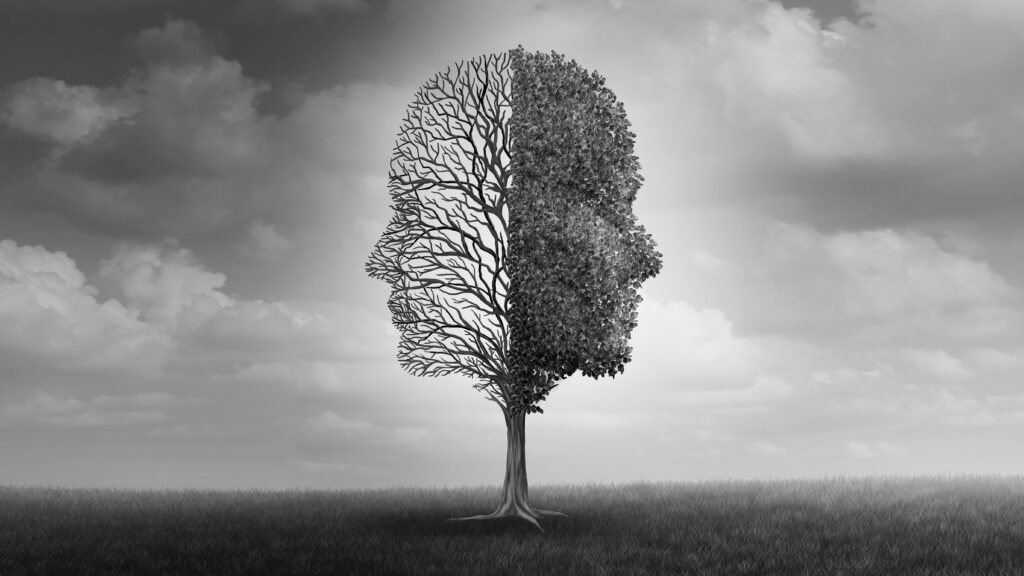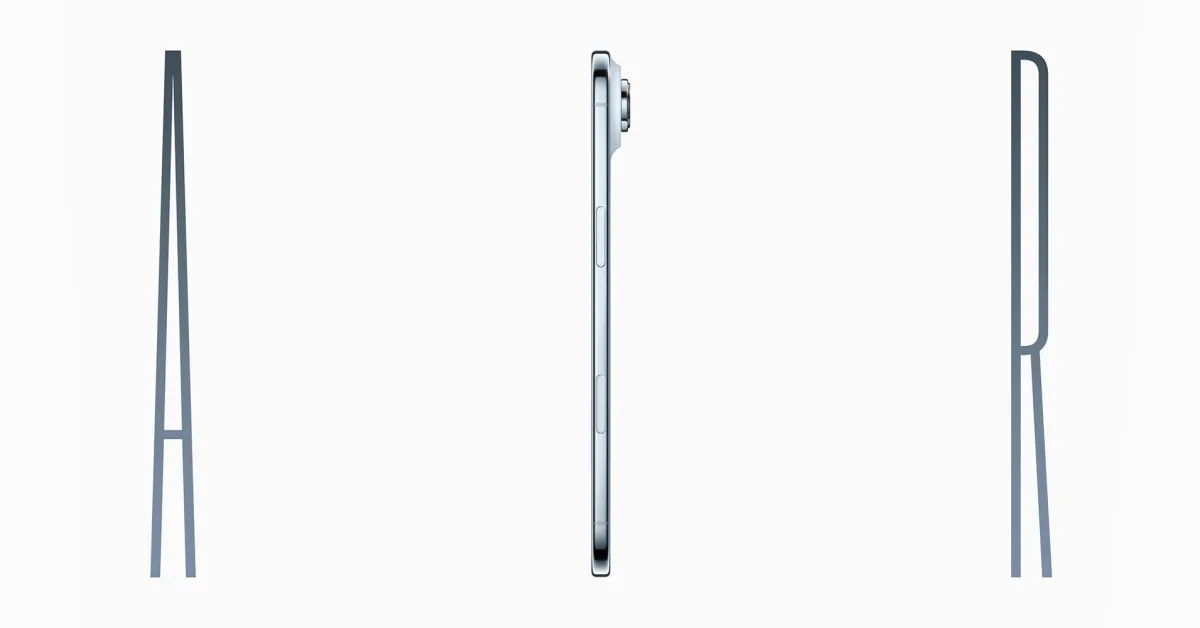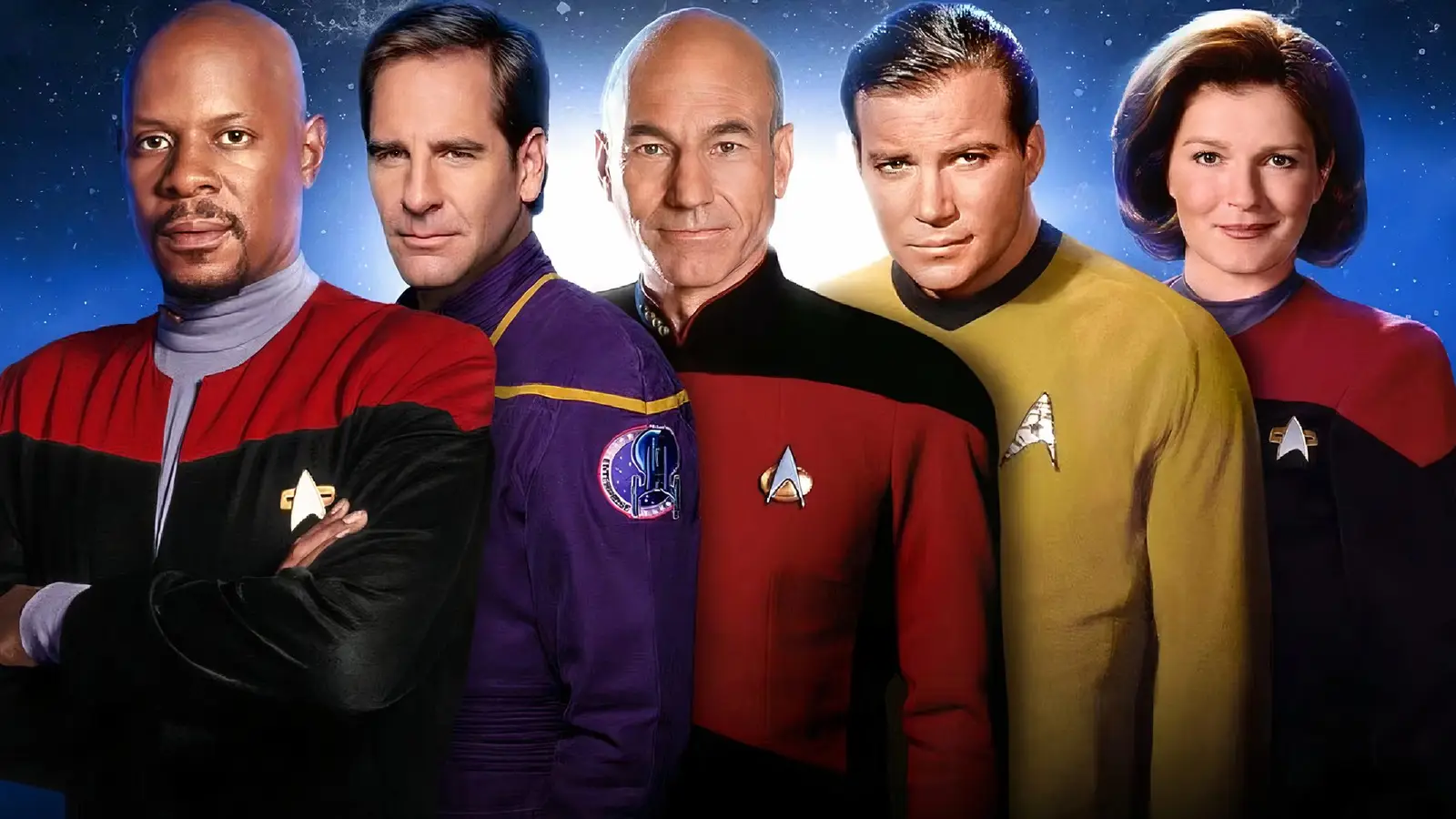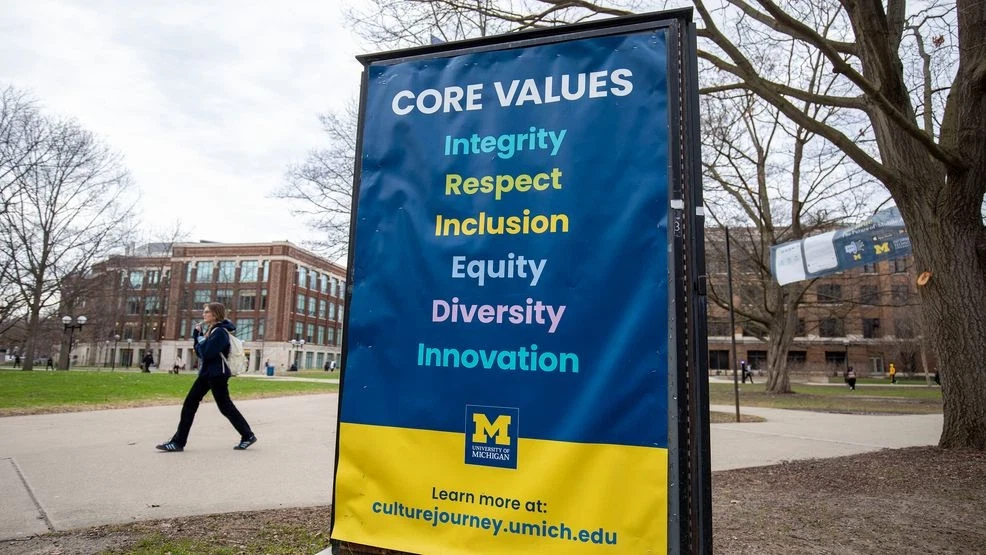Copyright STAT

The brain is the seat of the self. When it breaks, it doesn’t just wound, it distorts, erodes, and often erases. I’ve spent a lifetime witnessing that erasure, not with clinical detachment but in the intimacy of family meals, dark hospital corridors, and my own internal unraveling. My father’s brain betrayed him. A military service-related stroke left him locked-in, fully conscious but paralyzed, able to communicate only by blinking. I learned from the age of 7 to interpret those blinks, each word an act of endurance. He was present yet unreachable, alive yet inaccessible. It taught me that neurology is not always a science of rescue. Sometimes it’s a practice of bearing witness. My older brother’s decline was insidious. He was finishing high school when schizophrenia began to surface. It started subtly, a quiet withdrawal, then evolved into paranoia, voices, and cognitive fragmentation. He lost insight long before he lost everything. Today my brother is unhoused, not by choice, because his brain can’t acknowledge what it’s taken from him. He bounces between emergency rooms, psych wards, and the street. To psychiatry he’s “noncompliant.” To neurology, he’s invisible. The system isn’t designed for complexity. He lingers at the edge of categories and falls through the cracks. Yet when I pass him on the street, I see not just his suffering but the stubborn humanity that medicine failed to reach. Decades later, my mother unraveled in her own way. It started with trivial lapses: misplacing her car, leaving the stove on. Then came changes in gait and affect, fragmented sleep, and hallucinations of relatives. Knowing what was happening offered clarity but did nothing to blunt the heartbreak. No diagnosis can restore familiarity. Mourning begins long before death, grieving the slow disappearance of the person she was. I used to think my father’s stroke, my brother’s psychosis, and my mother’s dementia were separate stories. Now I see them as branches of the same broken tree. My own brain has rebelled too. It happened after my neurology residency and pain fellowship, amid punishing schedules and relentless stress. One day, after hours in the intensive care unit, I was overwhelmed by nausea, a searing pain behind my right eye, and a blinding sensitivity to light — a migraine. Not just a headache, but a neurologic event that hijacked my cognition and rendered me silent. In that moment, I was no longer the diagnostician; I was the patient. For years I toggled between clinical duties and secret suffering. I learned to chart with one hand while shielding my eyes with the other. Pain became a background process, quietly running beneath the work of caring for others. We don’t talk about things like this in medicine. We’re trained to remain calm and objective in the storm. Yet no scan could reveal what I felt. Neurology teaches precision, but living with a neurologic illness is an exercise in ambiguity. In conference halls we discuss receptors and pathways, but rarely admit how often we have little more to offer than our presence and comfort. The myth of mastery permeates our profession, yet mastery often eludes us, not for lack of knowledge but because so much of brain medicine remains uncertain, in gray zones that resist reduction. My experiences taught me what textbooks did not: the way we structure brain care is fundamentally flawed. We’ve carved neurology away from psychiatry, isolating mind from brain as if they are separate. But the brain itself doesn’t honor these divisions, and neither do our patients’ lives. It’s time to tear down this artificial wall and reunite neurology and psychiatry into a single discipline of brain medicine. Fragmentation is woven into every part of care — how we train, how we diagnose, and how we treat, often leaving the whole person unseen. My brother fell into the no-man’s-land between psychiatry and neurology, and my mother’s hallucinations were dismissed as “just psychiatric” until a tremor proved otherwise. My own migraines were written off as stress, and my father, though fully aware inside his paralyzed body, was reduced to a list of checkboxes that didn’t capture his reality. What we need is not another protocol but a reimagining of brain care, one that embraces the brain’s messy, interconnected reality. We must abandon the illusion of tidy compartments, make space for patients who don’t fit the mold and for clinicians who falter, and admit without stigma that we too live in vulnerable bodies and imperfect minds. We should reconsider how we measure outcomes: symptom scales and checklists are useful but not sufficient for lives as unique as our patients’. What matters most to one person may never show up on a standard metric. Restoring agency, dignity, and a coherent life narrative should be among our goals. For two decades, I’ve worked as a therapeutics developer, translating neuroscience into treatments, including prescription digital therapeutics for migraines and schizophrenia to bridge the gap between science and the patient experience. I still believe in progress. But I’ve learned that the most radical act we can take is to rehumanize brain care. Healing demands more than medication or imaging; it requires attention, attunement, and a willingness to sit with uncertainty. This isn’t sentimentality, it’s a scientific imperative rooted in the complexity of the organ we serve. The future of brain care lies not in silos but in circuits, in integrated models instead of split specialties, in approaches that reflect the often incoherent reality of brain illness. I no longer see my migraines as a liability. It was an initiation, a reminder that even those trained to heal are not immune from breaking. Often it’s our own fractures that reveal where the system fails and how we must evolve. I am a neurologist, a neuroscientist, a therapeutics developer, and also a son, a brother, a patient. I am surrounded. Because of that, I see clearly what brain medicine must become. Shaheen E. Lakhan, M.D., Ph.D., is a board-certified neurologist and pain physician, former department chair and curricular dean of a medical school, and a multiple first-in-class therapeutics developer whose family has been profoundly impacted by brain diseases.



